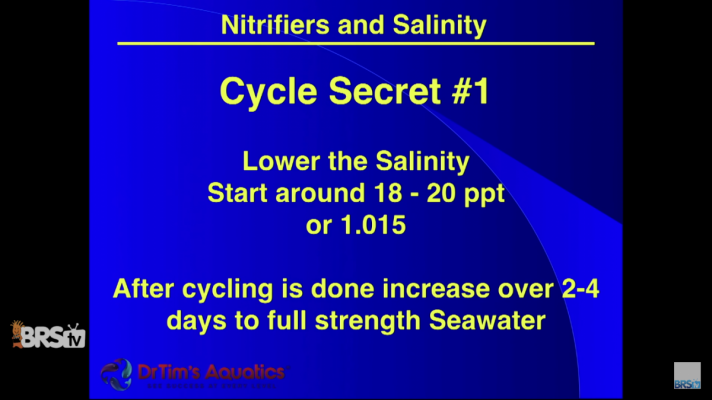Higher temper like 80F can speed up curing and bacteria reproduction. Which means the beneficial bacteria can outcompete algae in less amount of time.
What are the effects of 80F for corals? I read a study done that found corals in Red Sea resist bleaching due to higher salinity even when exposed to the global warming effects.
If I turn my temp to 80F should I worry about corals bleaching and in turn raise my salinity to 1.027-1.028?
I know it’s a super loaded question, but I really want to learn more about reef maturity in slightly higher temps.
What are the effects of 80F for corals? I read a study done that found corals in Red Sea resist bleaching due to higher salinity even when exposed to the global warming effects.
If I turn my temp to 80F should I worry about corals bleaching and in turn raise my salinity to 1.027-1.028?
I know it’s a super loaded question, but I really want to learn more about reef maturity in slightly higher temps.




















